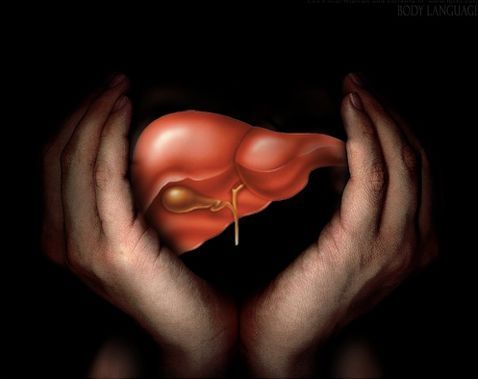New publications
Human liver from stem cells
Last reviewed: 01.07.2025

All iLive content is medically reviewed or fact checked to ensure as much factual accuracy as possible.
We have strict sourcing guidelines and only link to reputable media sites, academic research institutions and, whenever possible, medically peer reviewed studies. Note that the numbers in parentheses ([1], [2], etc.) are clickable links to these studies.
If you feel that any of our content is inaccurate, out-of-date, or otherwise questionable, please select it and press Ctrl + Enter.
A functioning human liver has been created in Japan from stem cells, raising hopes for the idea of artificially grown organs. Researchers transplanted induced pluripotent stem cells (iPSCs) into mice, where they were able to grow into a small but functional human liver.
Unlike embryonic stem cells, the use of which is “associated with moral and ethical issues,” induced pluripotent stem cells are obtained from the most ordinary cells of an adult human being by reprogramming with loss of differentiation, which automatically removes all “ethical issues,” adding even more technical ones in return.
Scientists led by Professor Raideki Taniguchi of Yokohama University reprogrammed human iPSCs into "precursor cells" which were then transplanted into the head of a mouse to ensure that the growing organ did not suffer from a lack of blood flow.

For reference. It has been previously shown that iPSCs can be differentiated into hepatocytes by transferring four reprogramming transcription factors – Oct-4, Sox2, Klf-4 and c-Myc. Such cells have already been used to restore damaged liver tissue (a report on this was published in the journal Biomaterials in 2011). However, no one has ever claimed to grow an entire functioning organ.
Under these conditions, the cells grew into a real human liver about 5 mm in size, capable of generating human proteins and breaking down chemicals (drugs).
The breakthrough opens the way to the creation of artificial human organs, the need for which only increases with each passing year. But let's not forget about the same considerable technical problems associated with the use of iPSCs and, potentially, organs grown from them, which have already been reported.

 [
[